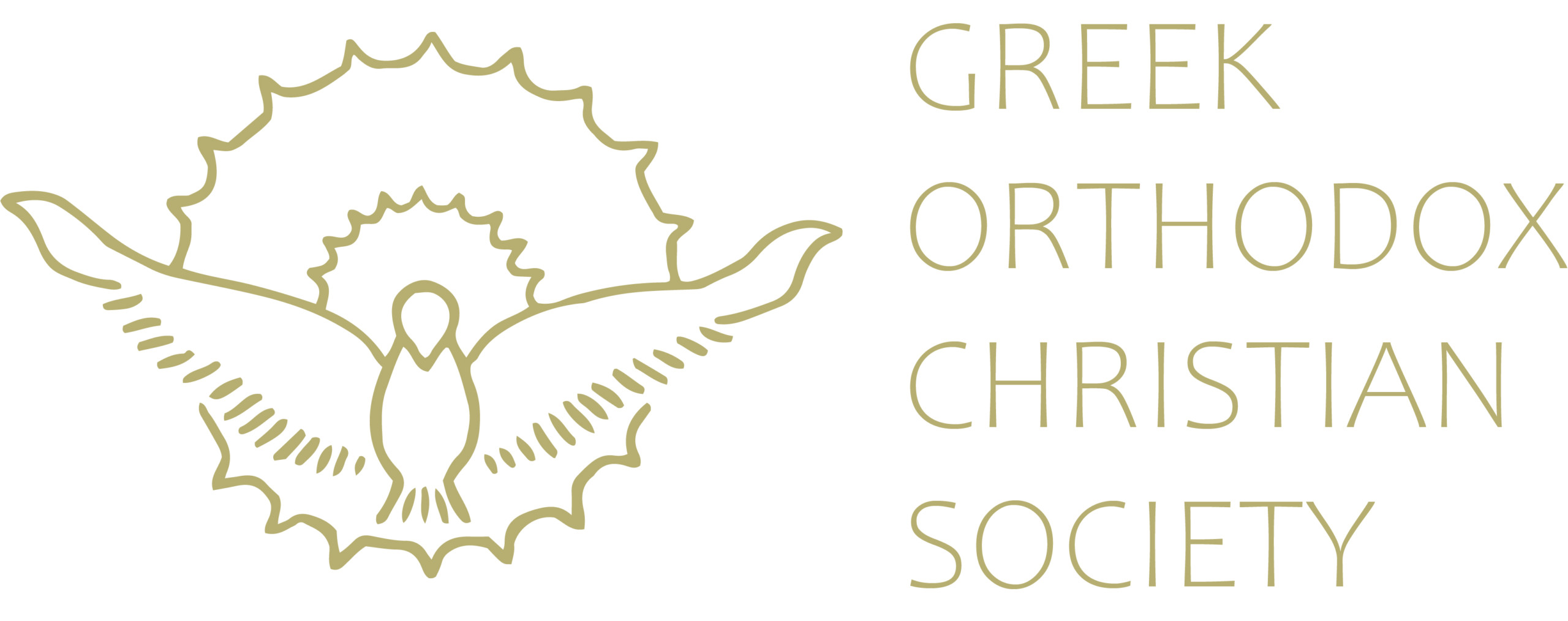Chrismation
In our previous article we spoke about the Mystery of Baptism and the threefold immersion into the water to shed the ‘old’ man and create a ‘new’ creation in Christ.
In the Sacrament of Chrismation (anointing), the newly baptised person receives the Holy Spirit through the anointing with Holy Chrism/Myrrh by the priest. In anointing the recipient with chrism, the priest makes the sign of the cross on the forehead, eyes, nostrils, mouth, ears, breast, hands and feet using the following words each time, “The seal of the gift of the Holy Spirit.”
Christ repeatedly promised the gift of the Holy Spirit to His disciples. His last words before His Ascension included a promise: “John truly baptised with water, but you shall be baptised with the Holy Spirit not many days from now.” (Acts 1:5) This was fulfilled 10 days later on the day of Pentecost.
The Sacrament of Chrismation is an extension of the day of Pentecost. The people who heard Peter speak at Pentecost asked him how they might receive salvation. He answered, “Repent, and let every one of you be baptised in the name of Jesus Christ for the remission of sins, and you shall receive the gift of the Holy Spirit.” (Acts 2:38)
In Orthodox teaching, our baptism is not merely cleansing but it is a change in our human nature. The Holy Spirit bestows grace and power to live the new life in Christ. Each of us is a valuable member of the Church as we are all blessed by the Spirit with certain gifts and talents. We now become full members of the Church and are able to participate in the other sacramental mysteries, especially the Eucharist – Holy Communion. This is why babies are baptised and chrismated, so that they also grow spiritually through partaking in Christ.
In Apostolic times the gifts of the Holy Spirit were transmitted via the laying of hands on candidates immediately after their Baptism. Given the rapid spread of the faith however the laying of hands was, for practical reasons, replaced by anointing with Holy Myrrh.
The preparation of Holy Chrism is conducted by the Ecumenical Patriarch in Constantinople, with many hierarchs present, during Holy Week according to need. In the 20th century for example it was prepared on 9 separate occasions.
It consists of many aromatic spices mixed in olive oil, based on the tradition of the Old Testament where God instructed Moses (Exodus 30:20-25). Once prepared it is distributed worldwide to all canonical Bishops and then the priests of all Orthodox churches. It is stored in ornate metallic containers for use when conducting the Sacrament.
As an aside, in some cases Chrismation alone may be used to receive converts to Orthodoxy through the exercise of oikonomia. This discretion of the Bishop is exercised if these candidates have been baptised in the name of the Trinity and have undergone catechumen classes.
Baptism and Chrismation therefore are the beginning of a new God-centred life that must be nurtured each day through prayer, repentance, worship and continual service to others.
Source: Lychnos August/September 2019 edition

